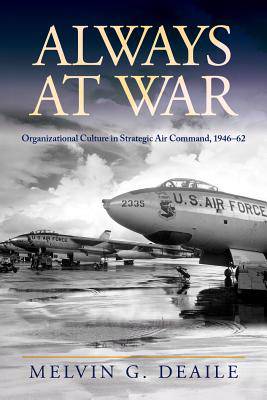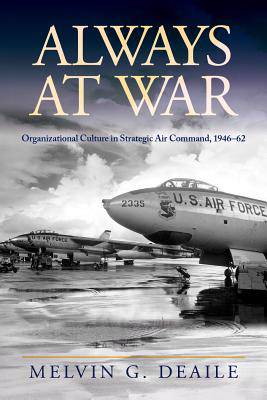
- Afhalen na 1 uur in een winkel met voorraad
- Gratis thuislevering in België vanaf € 30
- Ruim aanbod met 7 miljoen producten
- Afhalen na 1 uur in een winkel met voorraad
- Gratis thuislevering in België vanaf € 30
- Ruim aanbod met 7 miljoen producten
Zoeken
€ 42,95
+ 85 punten
Omschrijving
Always at War is the story of Strategic Air Command (SAC) during the early decades of the Cold War. More than a simple history, it describes how an organization dominated by experienced World War II airmen developed a unique culture that thrives to this day. Strategic Air Command was created because of the Air Force's internal beliefs, but the organization evolved as it responded to the external environment created by the Cold War. In the aftermath of World War II and the creation of an independent air service, the Air Force formed SAC because of a belief in the military potential of strategic bombing centralized under one commander. As the Cold War intensified, so did SAC's mission. In order to prepare SAC's "warriors" to daily fight an enemy they did not see, as well as to handle the world's most dangerous arsenal, the command, led by General Curtis LeMay, emphasized security, personal responsibility, and competition among the command. Its resources, political influence, and manning grew as did its "culture" until reaching its peak during the Cuban Missile Crisis. SAC became synonymous with the Cold War and its culture forever changed the Air Force as well as those who served.
Specificaties
Betrokkenen
- Auteur(s):
- Uitgeverij:
Inhoud
- Aantal bladzijden:
- 320
- Taal:
- Engels
- Reeks:
Eigenschappen
- Productcode (EAN):
- 9781682472484
- Verschijningsdatum:
- 15/04/2018
- Uitvoering:
- Hardcover
- Formaat:
- Genaaid
- Afmetingen:
- 155 mm x 231 mm
- Gewicht:
- 703 g

Alleen bij Standaard Boekhandel
+ 85 punten op je klantenkaart van Standaard Boekhandel
Beoordelingen
We publiceren alleen reviews die voldoen aan de voorwaarden voor reviews. Bekijk onze voorwaarden voor reviews.











